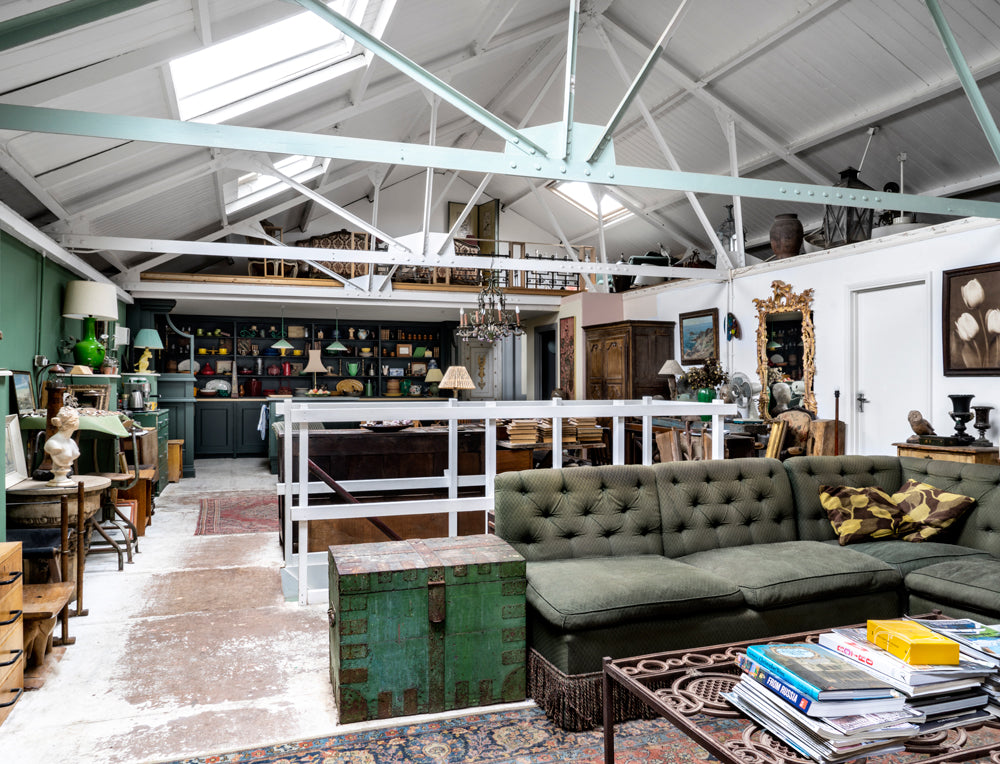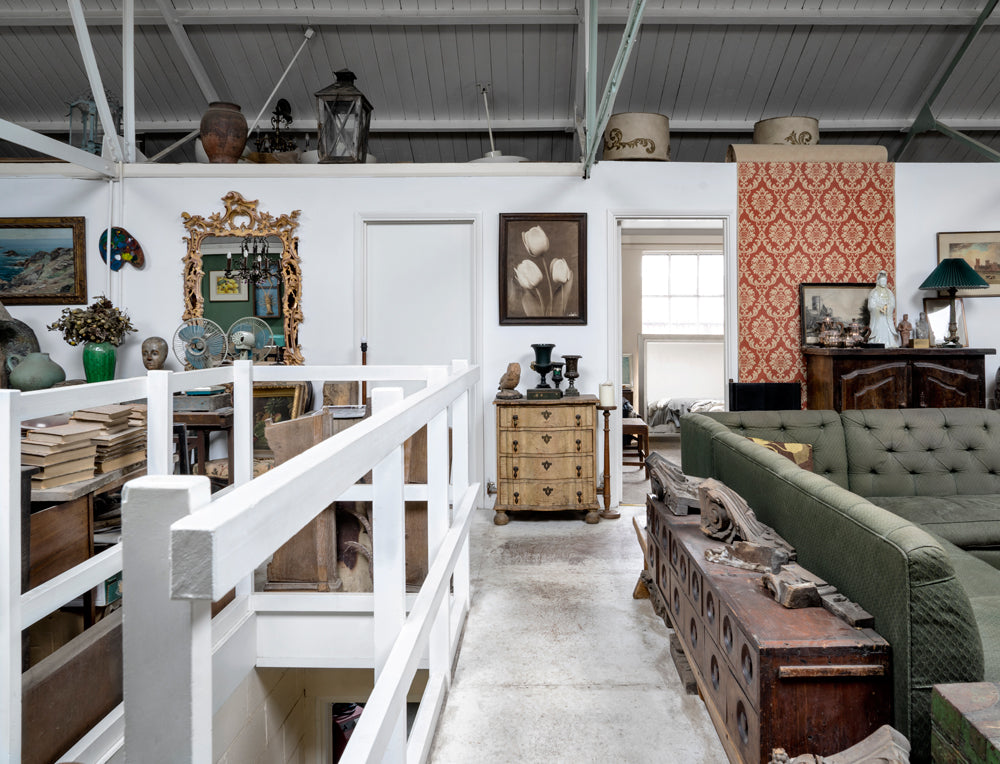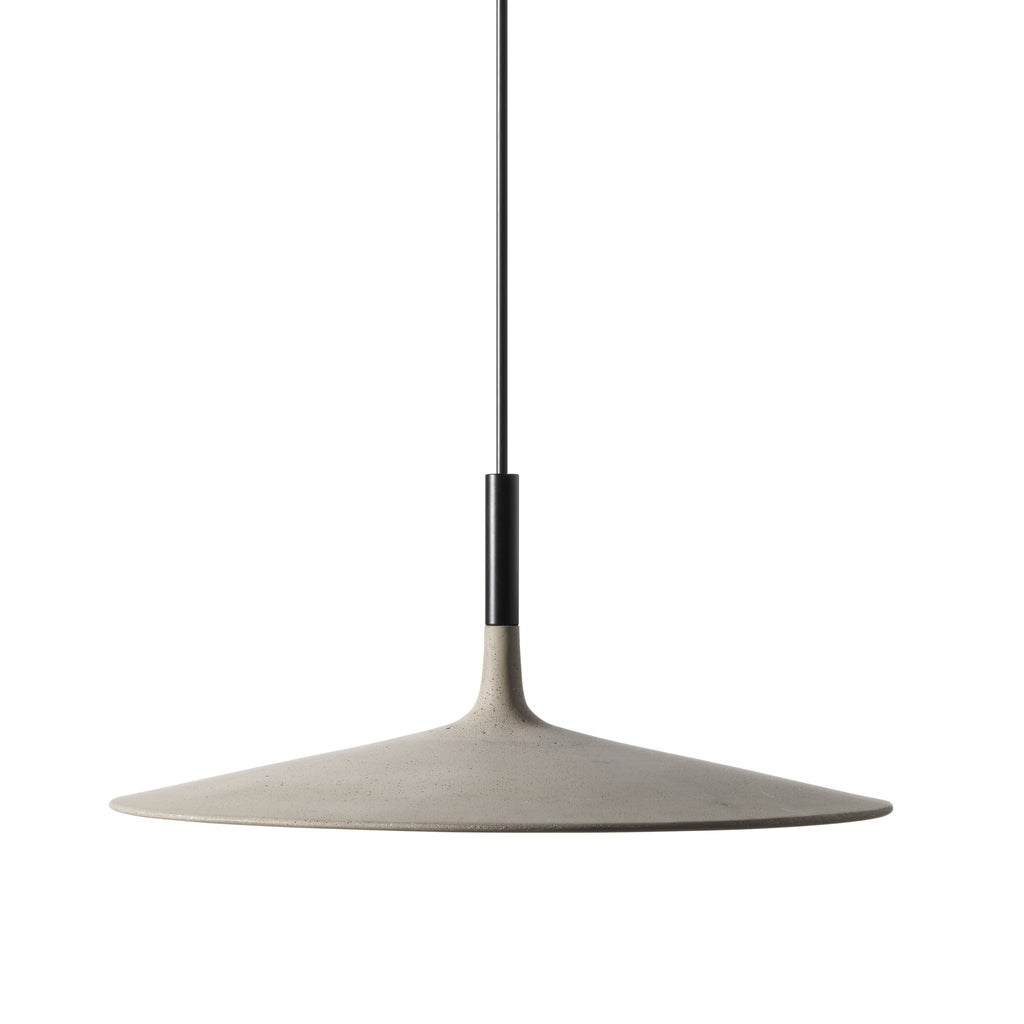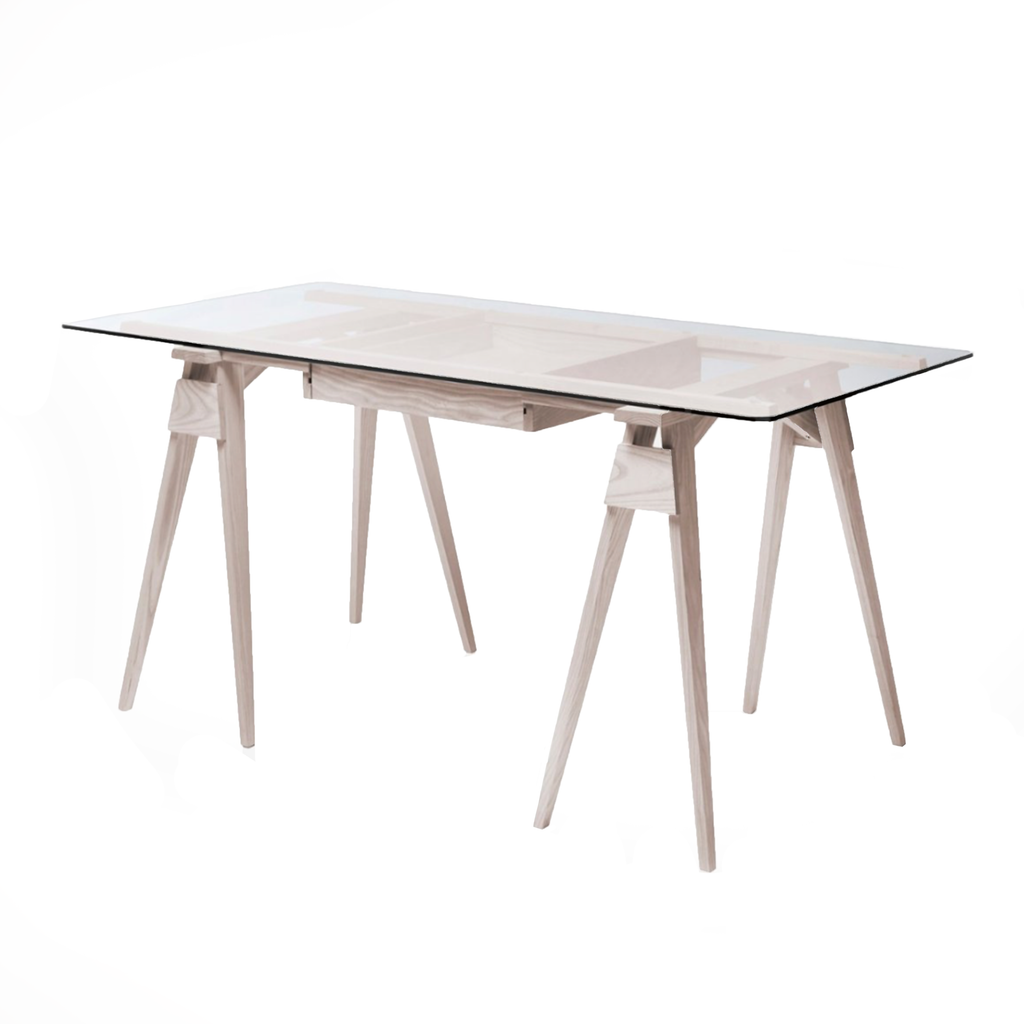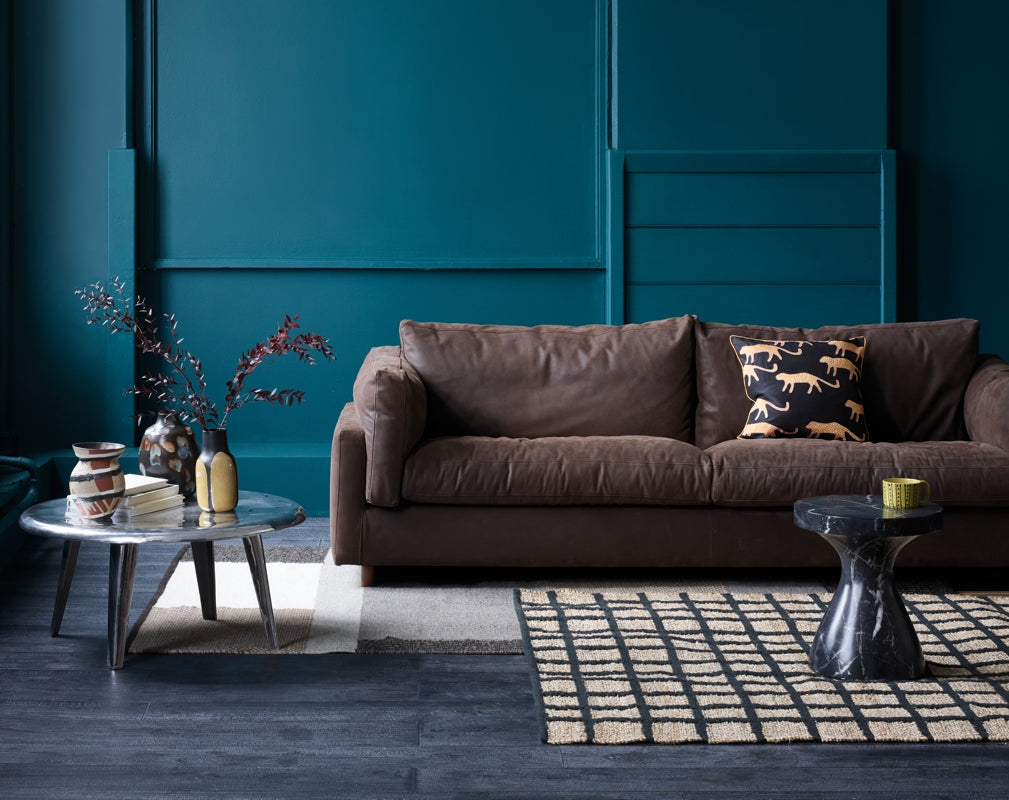
To celebrate the opening of the fantastic new Habitat store in Westfield, London, the Warehouse Home interior design team and our founder Sophie Bush share five home makeover tips inspired by designs from the Habitat AW18 collection.

Warehouse Home interior design studio works closely with residential clients to create unique schemes that reflect each homeowner's personal style. Here, we share five top tips for a room makeover inspired by Habitat's autumn winter collection.
1. Collate inspiration
The first step in any interior design project is to collate ideas. Every Warehouse Home project begins with the team sourcing clippings of schemes and products that might suit our client’s personal taste and requirements. Naturally, we’ll often take inspiration from our own magazine and bestselling book, as well as recent features on our website as a starting point for creative discussions with clients.
If you’re looking to makeover a room in your own home, we recommend collecting images that inspire you before the project even begins. Take photographs when you’re out and about visiting home design stores and collate screenshots when you come across real homes or homeware designs that you love online. Even if you don’t immediately know how a certain piece might fit into the final scheme, it’s helpful to keep a record of items and ideas that grab your attention so that you can start to build a comprehensive scheme inspired by things you love.
This room scheme (above main), centred around the Elkin sofa, features a mixture of eclectic designs and varied materials. It perfectly illustrates that a dynamic scheme can be comprised of several different interiors looks with a modern rustic Berber-inspired rug, industrial marbled cement side table and bold use of colour.
2. Define your personal style
Discovering your own personal style is an ever-evolving process. Consider how you would like your home to reflect you as an individual. Think about how you regard your home; as a place of comfort, or of relaxation, a calming retreat or a place to entertain. It can be helpful to jot down some words that you associate with your home and how you want it to feel. It can also be useful to reflect on choices that you make in other creative areas, such as your fashion style or travel destinations; these preferences can inform your interior design choices.
Consider the function of your home and the purpose of each room. Do you often entertain guests? Then think about interiors and spaces where you’ve felt welcome and at ease. Alternatively, if you would like your home to be an oasis of calm, what makes you feel comfortable and well-rested?
Consider the items you currently have in your home. Are they unique pieces that you’ve consciously collected and still enjoy? They may be an indication of your design style and could help steer your personal interiors aesthetic. Or perhaps it's time for a clear-out and a fresh new look?
For example our founder, Sophie Bush, has taken the industrial foundation of her warehouse home apartment into consideration when decorating with original vintage designs sourced from antiques fairs and architectural salvage specialists.

3. Consider colour
The use of colour at home is very personal. If you’re confident with colour, you might consider embracing designs in some of the rich jewel tones trending for Autumn Winter 2018, such as this Clemence sofa in Emerald green. Alternatively, you might want to embrace a strong monochromatic scheme which can easily lend itself to dashes of colour if and when you're feeling adventurous.
4. Create several focal points
Large-scale items will immediately anchor a room scheme and draw the eye. For example, a statement sofa in a strong colour will immediately become the focal point of a living room. But don’t simply rely on having a single focal point in a space. Consider creating pockets of interest within a scheme, using a select number of ‘hero’ items which complement one another. Depending on your scheme, a smaller item like a vintage coffee table or a side table with a different finish or in an alternative material such as concrete will create other areas of interest around a room. This bedroom scheme (right) featuring the Flounce rug is a fantastic example. We love the creative use of the textured rug as a bohemian style wall hanging cum headboard in this space.
5. Remember the importance of lighting
Lighting, though often overlooked in a scheme, is incredibly important and can completely transform a space. Natural light can be maximized with clever decorative choices, such as wall mirrors and choice window dressings. Bring extra warmth and dimension with the considered addition of lighting designs to highlight key areas of the room and create micro areas, for example reading nooks, within the scheme. Consider how to light individual areas for specific functions. A series of pendant lights hung the length of a table emphasises the purpose of the space and enhances the sense of gathering and entertainment, illuminating both the food on the table and the diners gathered around it. From classic factory shapes to polished metal and rattan, Habitat's lighting range features an array of designs that will complement industrial and contemporary schemes alike.


